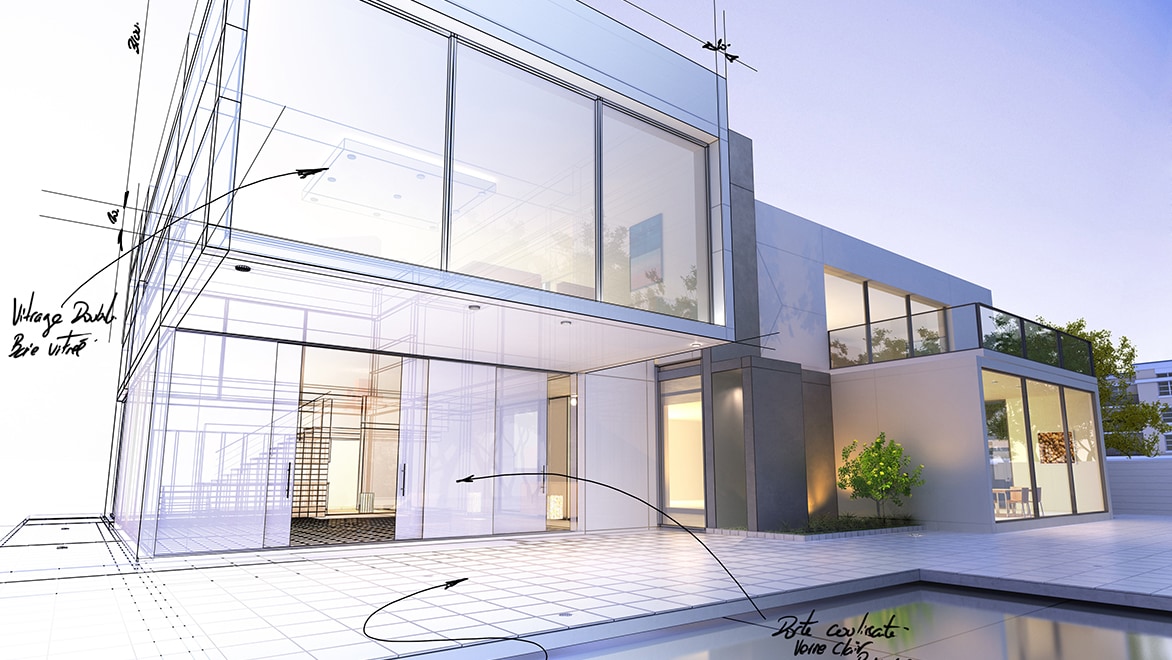Why CDA Architects Are Leaders in Architectural Style and Development
Why CDA Architects Are Leaders in Architectural Style and Development
Blog Article
A Detailed Introduction of Architectural Styles and Their Impact on Modern City Preparation and Growth
Architectural designs have long acted as a mirror to the social values and technological innovations of their time, playing an important role in forming contemporary city preparation and advancement. From the splendour of Neoclassicism to the utilitarian approach of Brutalism, each design has actually presented unique ideas that affect city aesthetic appeals and capability. As contemporary difficulties emerge, including sustainability and community demands, recognizing these historic frameworks ends up being necessary. The resulting dialogue not just educates future layout methods however also elevates significant questions about the balance in between heritage and innovation in our progressing city landscapes.
Historical Review of Architectural Designs

As societies transitioned through the Middle Ages, Gothic design emerged, defined by its verticality and elaborate describing, mirroring the spiritual ambitions of the age. The Renaissance marked a rebirth of classical suitables, merging art and design in ingenious manner ins which influenced succeeding designs throughout Europe.

Today, architectural styles continue to progress, driven by globalization and sustainability problems, reflecting a vibrant interaction in between heritage and technology. This historic summary highlights the relevance of architecture as a mirror of societal advancement and as a driver for urban advancement.
Key Architectural Styles Explained
The variety of architectural designs reflects the myriad influences that form our built environment, each personifying distinctive qualities and social importances. Key building styles consist of Timeless, Gothic, Baroque, Innovation, and Postmodernism, each standing for distinct historic contexts and visual ideologies.
Classical architecture, rooted in ancient Greece and Rome, emphasizes proportion, proportion, and making use of columns (cda architects). On the other hand, Gothic design, thriving in the Middle Ages, is identified by sharp arches, ribbed safes, and flying buttresses, developing a heavenly high quality in basilicas. Baroque architecture, arising in the 17th century, is noted by magnificence, intricate ornamentation, and a dynamic interplay of light and darkness
Innovation, which acquired energy in the very early 20th century, prioritizes feature over kind, using brand-new materials like steel and glass to create minimalist frameworks. Postmodernism, reacting against the austerity of Innovation, welcomes eclecticism and historic reference, frequently incorporating playful elements and paradox.
:max_bytes(150000):strip_icc()/Buildingdesigns-GettyImages-912482942-db55b3af711044a3a42ad1040c6711a9.jpg)
Influence on Urban Planning
In shaping the development of cities, building designs substantially affect urban preparation decisions. The choice of building design typically dictates the aesthetics, capability, and general character of city environments.
Moreover, building designs can affect zoning regulations and land utilize plans. Urban planners have to take into consideration the dominating architectural read review patterns when creating areas, ensuring that brand-new advancements balance with existing frameworks. This consideration fosters cohesive city why not check here landscapes and boosts community identification.
The implementation of particular building designs can likewise influence socioeconomic aspects within a city. High-end modern layouts might draw in upscale homeowners and organizations, leading to gentrification, while much more economical housing services could prioritize functional and sustainable designs to fit diverse populaces. cda architects. Eventually, the interplay in between building styles and metropolitan preparation develops vibrant cities that show both historical context and contemporary demands, forming the lived experiences of their residents
Sustainability and Modern Design
Architectural styles play a pivotal function in attending to modern challenges, specifically in the world of sustainability. As metropolitan areas expand and environmental problems magnify, modern-day architecture significantly accepts lasting style principles that prioritize energy efficiency, resource preservation, and minimal environmental impact.
Contemporary architectural movements, such as biophilic layout and green architecture, advocate for structures that integrate with their surroundings, making use of all-natural products and advertising biodiversity. These styles typically include renewable energy resources, such as photovoltaic panels and wind generators, to lower reliance on nonrenewable fuel sources and lower carbon impacts.
Moreover, the assimilation of sophisticated modern technologies, such as clever building systems, enhances energy monitoring, optimizing resource usage while guaranteeing owner comfort. Ingenious water management techniques, consisting of rain harvesting and greywater recycling, more add to lasting city atmospheres.
Notably, sustainability extends beyond environmental problems; it incorporates social and economic measurements also. By cultivating neighborhood health and promoting inclusivity, contemporary building designs align with sustainable advancement goals. The advancement of architectural techniques proceeds to form resilient cities that not just meet the demands of the present but also guard the future for generations to come.
Neighborhood Interaction in Design
Neighborhood engagement in layout functions as an important bridge in between designers and the populaces they serve, ensuring that the built environment mirrors the needs and ambitions of its individuals. This joint process welcomes community members to add their insights and choices, fostering a feeling of ownership and duty toward the rooms they occupy.
Effective area view it engagement employs numerous techniques, such as workshops, studies, and public online forums, to gather varied point of views. These methods facilitate a two-way discussion, permitting designers to comprehend neighborhood contexts while encouraging residents to voice their concerns and needs. This inclusivity not just boosts the layout high quality yet likewise promotes social equity by addressing the special challenges faced by marginalized teams.
Additionally, community interaction can bring about cutting-edge services that could not emerge in a standard design procedure. By integrating neighborhood knowledge and cultural worths, engineers can create rooms that resonate even more deeply with customers, boosting functionality and sustainability. Inevitably, prioritizing area engagement in design procedures results in environments that support social interactions, support health, and reinforce neighborhood ties, consequently playing a crucial duty fit contemporary city landscapes.
Conclusion
Architectural designs have actually exceptionally affected modern city planning and advancement, mirroring evolving social and technical contexts. As cities continue to expand and adjust, the continuous discussion in between building heritage and modern layout concepts will continue to be vital in creating inclusive, lively spaces that improve top quality of life and promote social equity.
Report this page